Are Spider Mites Our Next 2019 Challenge?
Because of the dry weather pattern we are in, there has been some conversation across the countryside about two-spotted spider mites becoming our next [...]
Managing Japanese Beetles
It appears that 2019 could be a very heavy Japanese Beetle year. To prepare for dealing with this pest, below is some information on [...]
Delayed Planting and Soybean Weed Control
Every year growers battle weeds in soybeans. We spend most of the winter making crop plans, including weed control, then Mother Nature decides to [...]
My “Never See a Weed” Philosophy for Soybeans
In the past, it was common to use herbicides that do NOT provide residual control for controlling weeds in soybeans. With the most popular [...]
Winter Annual Pressure Starts in Fall
If you are a no-till or strip-till grower you probably have experience dealing with winter annual weeds like chickweed and henbit. Winter annual weeds [...]
Liberty Application Procedures
The number of acres planted to LibertyLink® soybeans has grown significantly in 2018 and I want to thank all of you who plant LibertyLink [...]
Early Soybean Scouting
ILeVO Halo Effect The Halo effect is associated with ILeVO-treated soybean seed. Regardless of the halo severity on early leaves, stand is not affected, [...]
Spring Pre-emergence Herbicide Applications
Is it time to apply my pre-emergence herbicide? The short answer is, “Yes.” It’s after April 16, so as the weather straightens out, we [...]
Facts about Nematodes
Nematodes are a fact of life whether you grow corn or soybeans or other crops. Today, in my opinion, nematodes are one agronomic issue [...]
Reconsidering Surfactants
Are you adding additional surfactant to your herbicide package? Glyphosate is a herbicide that comes fully loaded with an adjuvant package. Because we have [...]

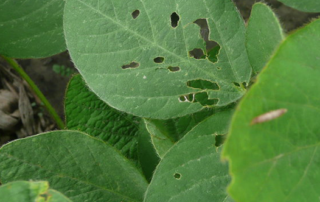
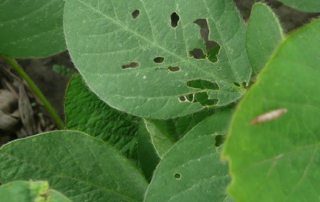
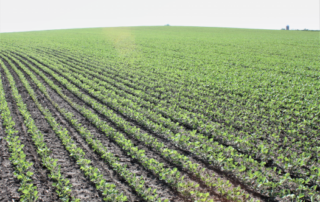
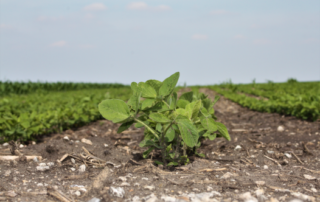
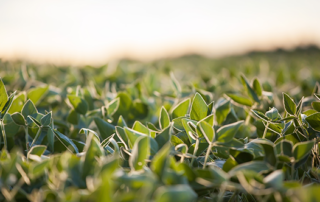
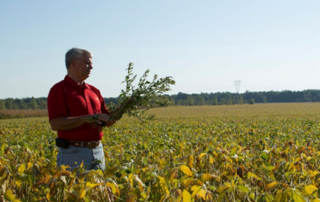
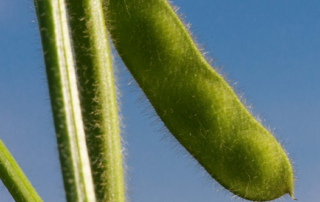
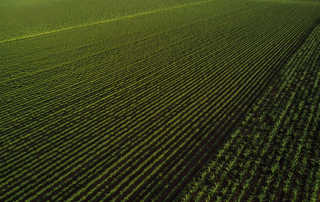
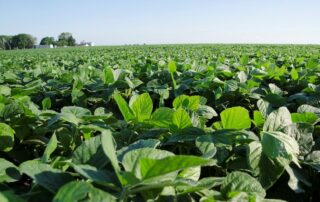
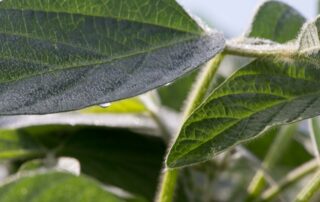

 and then
and then